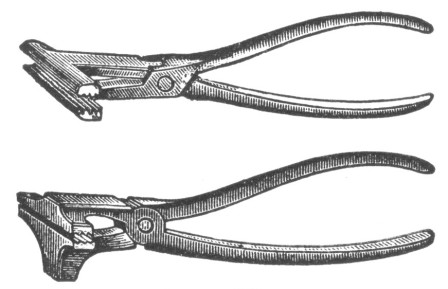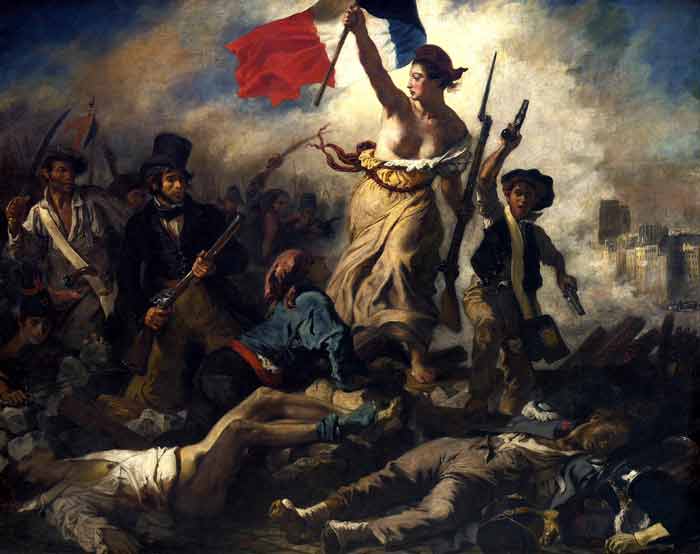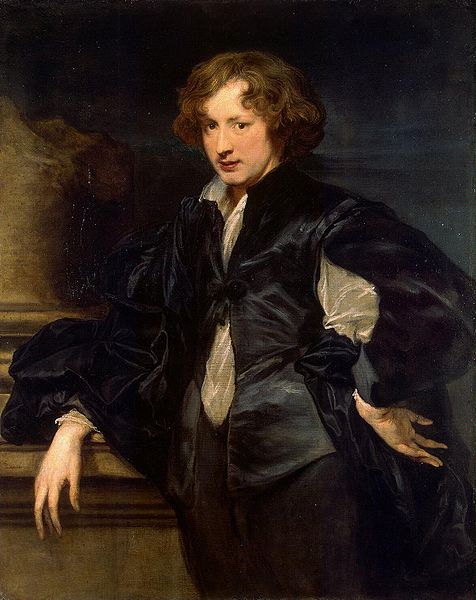On 12 Aug, 2012 With
Oil painting materials: Stretchers Stretchers.—The keyed stretcher, with wedges to force the corners open and so tighten the canvas when necessary, is the only proper one to use. For convenience of use many kinds have been invented, but you will find the one here illustrated the best for general purposes. The sides may be used for ends, and vice versa. If you arrange your sizes well, you will have the sides of one size the right length for the ends of another. Then you need fewer sizes, and they are surer to pack evenly. Stretching.—You will often have to stretch your own canvases, so you should know how to do it. There is only one way to make the canvas lay smoothly…
Read More
On 1 Aug, 2012 With
How to economize on Oil Painting Tools There is a false implication in the saying that “a poor workman blames his tools.” It is not true that a good workman can do good work with bad tools. On the contrary, the good workman sees to it that he has good tools, and makes it a part of his good workmanship that they are in good condition. In painting there is nothing that will cause you more trouble than bad materials. You can get along with few materials, but you cannot get along with bad ones. That is not the place to economize. To do good work is difficult at best. Economize where it will not be a hindrance to you. Your…
Read More
On 31 Jul, 2012 With
Acrylic painting techniques How to Make a Painting Look Old 1. Allow the painting to dry if just completed. Apply clear acrylic to the painting to act as a base for the crackle paint application that will give your painting some age. The clear acrylic should be applied evenly to the surface of the painting following the original brush strokes. Allow the clear acrylic to dry before moving forward. 2. Prepare the crackle paint by adding the colors to it that closely match the areas you are trying to age prematurely. Not using color will result in the crackle paint turning white. Use colors that match the painting so that when it dries, it will look as though the paint is aged. Use…
Read More
On 7 Dec, 2011 With
Eugène Delacroix’s Palette Eugène Delacroix was a French Romantic artist regarded from the outset of his career as the leader of the French Romantic school. Eugène Delacroix’s Palette: lead white charcoal black lamp black raw umber yellow ochre red ochre madder lake lead-tin yellow vermilion lapis lazuli green earth indigo smalt cobalt (probably blue) Egyptian brown (also known as Egyptian Mummy) cadmium (yellow) Indian yellow light chrome yellow zinc yellow red lake vermilion
Read More
On 5 Dec, 2011 With
Van Dyck’s Palette Sir Anthony van Dyck was a Flemish Baroque artist who became the leading court painter in England. Van Dyck’s Palette: Lead white Charcoal black Lamp black Raw umber Yellow ochre Red ochre Madder lake (sub. Alizarin Crimson) Lead-tin yellow (sub. Cadmium Yellow) Vermilion Lapis lazuli Green earth Indigo Cassel Earth Smalt (sub. Cobalt blue)
Read More
On 10 Aug, 2011 With
An English Classical Realist painter and sculptor. Frederic Leighton, 1st Baron Leighton, an English Classical Realist painter and sculptor. His works depicted historical, biblical and classical subject matter. The Classical Realist movement is currently sustained through art schools based on the Atelier Method. These ateliers are founded with the goal of revitalizing art education by reintroducing rigorous training in traditional drawing and painting techniques, employing teaching methodologies that were used in the Ecole des Beaux-Arts. These schools pass on a method of instruction which melds formal academic art training with the influence of the French Impressionists. Under the atelier model, art students study in the studio of an established master to learn how to draw and paint with realistic accuracy and an emphasis on rendering form convincingly. The foundation of these programs rests on an intensive study of the human figure, renderings of plaster casts of classical sculpture, and the…
Read More




